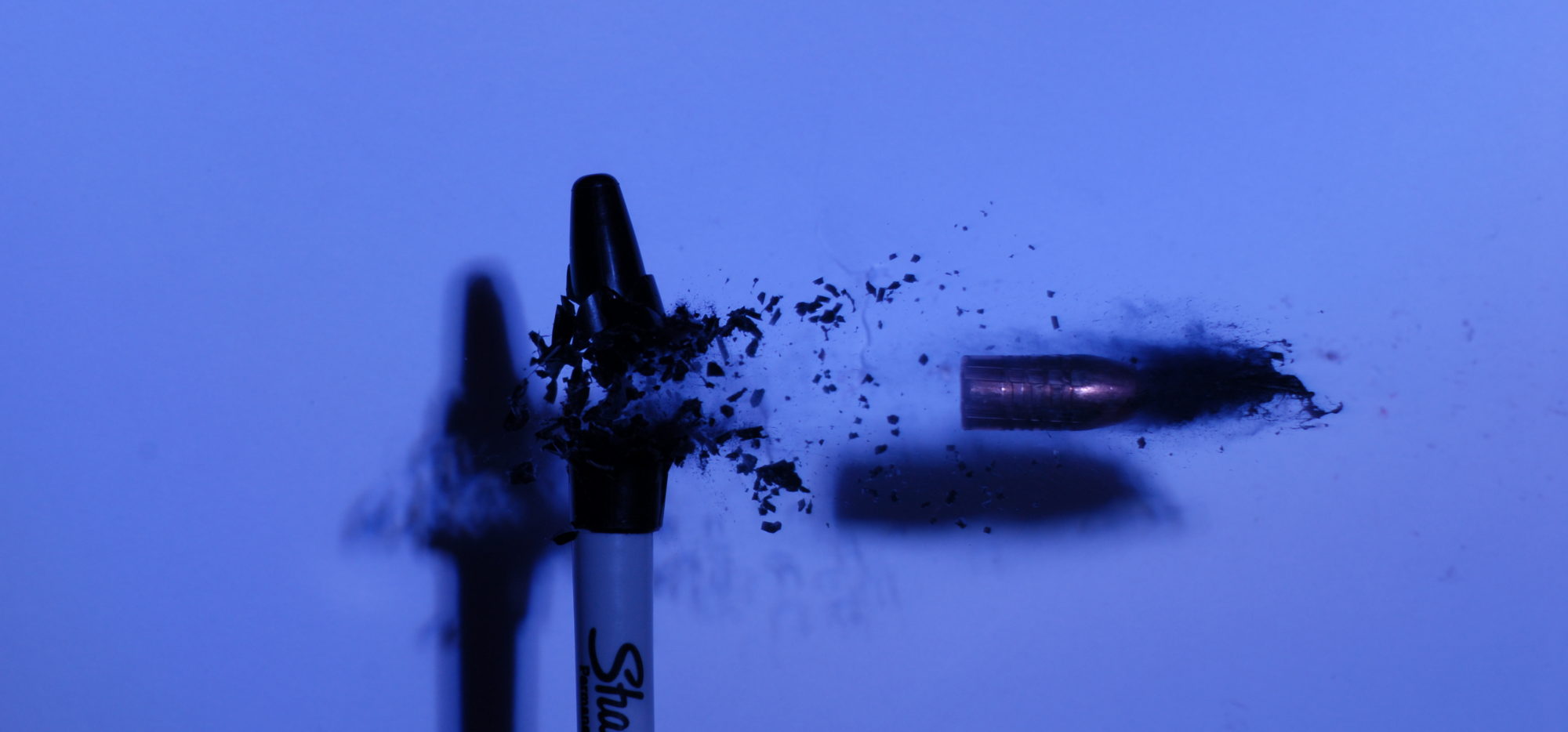What got me into Ballistics? Well my friends and I grew up in rural Vermont and New Hampshire in the early 2000’s, and this was during the time most rural areas did not have high speed internet. We spent a good part of our summers outside, getting into all sorts of mischief. Sure there were video games, but they were less common, and our parents were strict about how long and how often we could play on these devices so we had to find our fun elsewhere.
Somehow we heard about something called a Spud Gun. Using little more than hairspray, PVC Pipe, and a BBQ lighter, you could launch a potato to great speeds and over vast distances. Too our teenage minds who were curious about all things that go “Boom” this seemed to be an obvious work around to our parents dispassion of firearms, including BB guns.
Our first few attempts at building such a device were crude, and did not work. These were the days before YouTube, and we were not internet savvy enough to look up these things on the internet. So we tried a few different things, with input from friends and some from fathers we finally figured out how to build one and get it working.
There are more than a fond childhood memories of these PVC tuber launchers. We launched everything from potatoes to easter eggs full of flour from these things. I learn about trajectory, about velocity, fuel mixtures, and really it kicked off my passion for all things ballistics. Something that has stuck with me to this day.
For this reason, I wanted to revisit the humble spud gun, and see what we can learn from it. Using what I know now about ballistics, let’s study these deceptively simple budget friendly devices.
